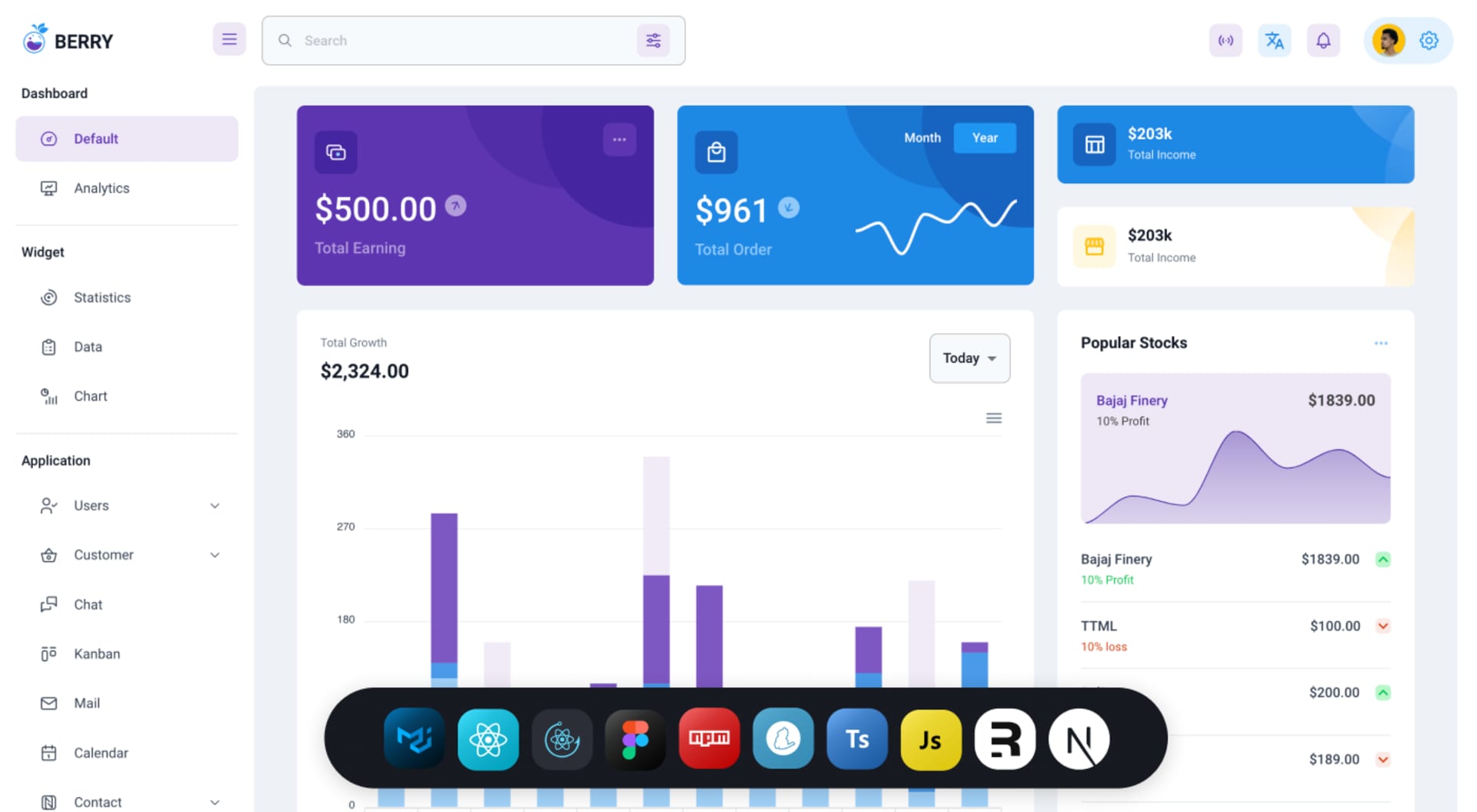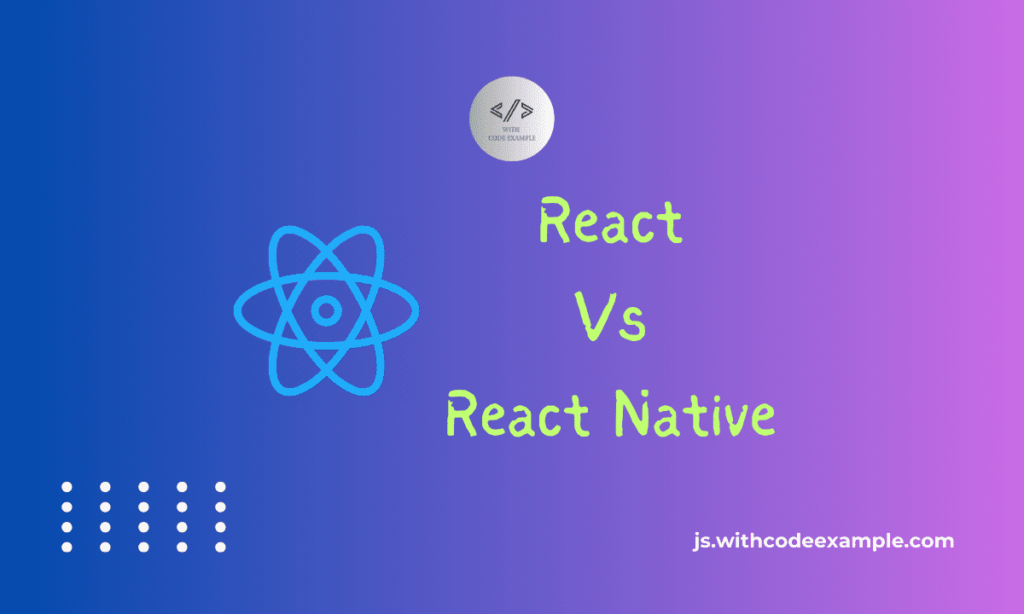When it comes to installing and hosting online apps and websites, web developers have several hosting providers to pick from. These hosting companies provide a variety of features and services to fulfil a variety of development requirements. Here are some prominent web developer hosting providers:
1. Vercel
Vercel is a cloud platform for frontend developers that offers a streamlined and powerful approach to launch and manage online apps and websites. It is well-known for its emphasis on simplifying the deployment and hosting process for frontend projects, allowing developers to design and deploy web apps with more speed and efficiency.
Vercel’s key characteristics and attributes include:
- Static Site Hosting:
- Serverless Functions:
- Continuous Deployment:
- Custom Domains:
- Environment Variables:
- Collaboration:
- Real-time Preview:
- Analytics and Insights:
- Serverless Databases:
- Integration Ecosystem:
Vercel is frequently used to host static webpages, single-page apps (SPAs), Jamstack apps, and serverless tasks. It is well-known for its developer-friendly approach, high performance focus, and ease of use in deploying and managing frontend applications. Vercel is a crucial platform for many developers and teams working on web development projects.
2. Netlify
Netlify is a well-known cloud platform that offers a wide range of tools and services for modern web creation and hosting. It is well-known for making the process of developing, deploying, and managing online applications and websites easier. Netlify excels in static site hosting, serverless functionality, and continuous integration/continuous deployment (CI/CD) workflows.
Netlify’s key features and elements include:
- Static Site Hosting:
- Continuous Deployment:
- Serverless Functions:
- Custom Domains:
- Serverless Databases:
- Environment Variables:
- Branch Previews:
- Analytics and Insights:
- Forms Handling:
- Authentication:
- Collaboration:
Netlify is frequently used for static website hosting, single-page applications (SPAs), Jamstack apps, and serverless activities. It is well-known for its developer-friendliness, automation of tedious operations, and great emphasis on performance and security. Netlify is a vital platform for many engineers and teams’ web development initiatives.
3. Glitch
Glitch is a platform that provides hosting and development tools with the primary goal of making the process of building and delivering online applications and websites easier. It is well-known for its easy-to-use interface, real-time collaboration tools, and ability to swiftly prototype and construct online applications. Glitch hosting is frequently used for tiny to medium-sized web apps and experimental development.
Glitch hosting’s key characteristics and qualities include:
- Online Code Editor:
- Live Preview:
- Node.js and JavaScript Support:
- Built-in Database:
- Custom Domains:
- Collaboration:
- Community and Remixing:
- Version Control:
- Public and Private Projects:
- Integrations:
Glitch hosting is frequently used for tiny web apps, prototypes, experimental development, and educational purposes. It offers a convenient development environment and is especially popular with novices and those searching for a quick method to construct and present online applications. Other hosting platforms, such as AWS, Heroku, Netlify, and Vercel, may be better ideal for larger-scale and production-grade apps owing to their scalability and sophisticated functionality.
4. Render
Render is a cloud platform that provides developers with application hosting and development tools. It streamlines online application deployment and hosting, making it easier for developers to design, launch, and manage their web projects. Render is well-known for its approachable nature, serverless design, and support for a diverse set of programming languages and frameworks.
Render hosting’s key characteristics and elements include:
- Static Site Hosting:
- Backend Services:
- Continuous Deployment:
- Custom Domains:
- Environment Variables:
- Branch Previews:
- Automatic Scaling:
- Collaboration:
- Databases and Add-Ons:
- Analytics and Insights:
Render hosting is frequently used for static webpages, single-page applications (SPAs), serverless operations, and full-stack web apps. It’s well-known for its ease of use, emphasis on automation, and developer-friendly attitude. Render is a vital tool for many developers and teams working on web development projects.
5. Railway
Railway is a cloud platform that offers web application and database hosting and deployment services. It’s intended to make the development and deployment processes easier for developers, with a focus on seamless collaboration, automation, and usability. Please keep in mind that Railway may have been updated or changed after that time.
The following are key elements and components of railway hosting:
- Web Application Hosting:
- Collaboration:
- Deployment:
- Database Hosting:
- Serverless Functions:
- Environment Variables:
- Custom Domains:
- Automatic Scaling:
- Monitoring and Logging:
- Add-Ons:
Please bear in mind that cloud hosting platform features and offers might change over time. It is strongly advised to visit the Railway website or documentation for the most up-to-date information and to comprehend any modifications or new features that may have been released after my previous update.
6. GitHub Pages
GitHub Pages is a GitHub web hosting service that allows you to publish static web content directly from your GitHub projects. It’s a simple and free method to share web-based projects, documentation, personal websites, or any other HTML, CSS, or JavaScript files with the rest of the world. The following are the main features and elements of GitHub Pages:
- Free Hosting:
- GitHub Integration:
- Support for Static Content:
- Custom Domains:
- GitHub Actions:
- Project Sites:
- User and Organization Sites:
- HTTPS Support:
- Jekyll Integration:
- Community and Collaboration:
To get started with GitHub Pages, establish a GitHub repository for your project, add your static web content to the repository, and follow GitHub’s configuration and deployment procedures. Detailed documentation about GitHub Pages may be found here: GitHub Pages Documentation.
Because of its simplicity of use, connectivity with GitHub, and low cost, GitHub Pages is a popular alternative for hosting open-source project documentation, personal webpages, and small online projects.
7. Fleek
Fleek is a cloud hosting and deployment platform focused on hosting decentralised and blockchain-based web apps, sometimes known as “Web3” apps. It offers tools and services for creating and deploying decentralised web applications on IPFS and other blockchain networks. Fleek’s goal is to make it easier for developers to create and host censorship-resistant, highly accessible, and decentralised Web3 applications. Here are some of the main advantages and features of Fleek cloud hosting:
- IPFS Hosting:
- Blockchain Integration:
- GitHub Integration:
- Continuous Deployment:
- Content Versioning:
- Custom Domains:
- Serverless Functions:
- Automatic SSL:
- Analytics and Monitoring:
- Community and Collaboration:
Fleek is well-suited for projects that embrace decentralisation concepts and aspire to construct censorship-resistant, peer-to-peer, and blockchain-integrated apps. It offers a comprehensive range of tools and services for hosting Web3 apps, and its emphasis on IPFS and blockchain integration distinguishes it from other hosting platforms. Please keep in mind that Fleek’s features and offers are subject to change, so it’s best to check the Fleek website or manual for the most up-to-date information and instructions on utilising the platform.
8. Surge
Surge.sh is a cloud hosting platform for static webpages and web apps. It provides a basic and uncomplicated method for deploying and sharing static web content. Surge is well-known for its simplicity, speed, and low configuration requirements, making it a perfect choice for developers looking to quickly publish and distribute static web applications. Surge cloud hosting has the following major features and benefits:
- Static Site Hosting:
- Command-Line Deployment:
- Custom Domain Support:
- HTTPS Support:
- Continuous Deployment:
- Single-Page Application (SPA) Routing:
- Team Collaboration:
- Versioning:
- Community and Documentation:
- Free Tier:
- Paid Plans:
Surge is ideal for static web applications that do not necessitate server-side coding or databases. It is especially popular among developers looking for a simple way to host their portfolios, landing pages, documentation sites, or tiny web apps. Install the Surge CLI, configure your project, and use the CLI to easily publish your content to Surge’s hosting infrastructure to get started with Surge.
9. Heroku
Heroku is a cloud platform that allows you to develop, manage, and scale web applications and services in a fully managed environment. It is well-known for its ease of use and developer-friendly approach, which allows developers to focus on developing code rather than worrying about infrastructure maintenance. Here are Heroku’s primary features and aspects:
- Supported Languages and Frameworks:
- Container-Based:
- Git Integration:
- Buildpacks:
- Add-On Marketplace:
- Scaling:
- Databases:
- Continuous Integration/Continuous Deployment (CI/CD):
- Collaboration and Team Management:
- Logging and Monitoring:
- Security:
- Compliance:
- Custom Domains:
- Free Tier:
- Ecosystem and Add-ons:
Heroku is popular among developers due to its ease of use, quick deployment, and support for a wide range of programming languages and frameworks. It is ideal for both small businesses and large companies and is often used for web applications, APIs, and microservices. Developers may begin with a free tier and easily scale their applications as their businesses develop.




